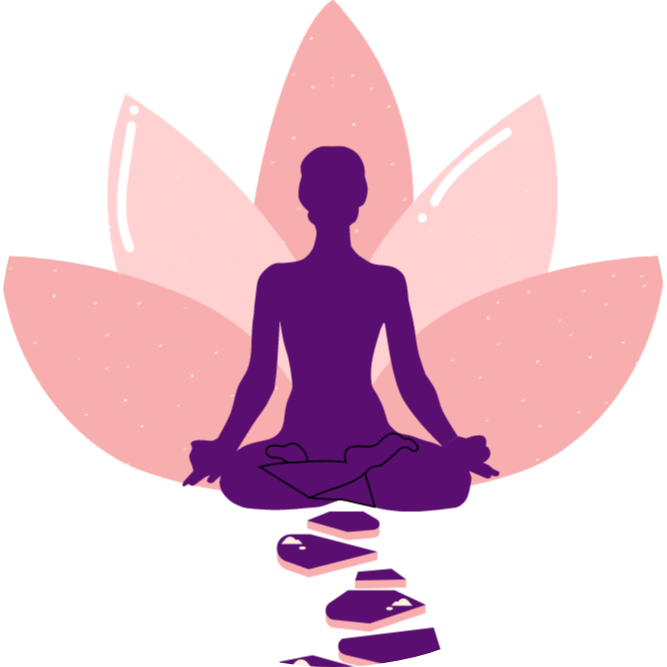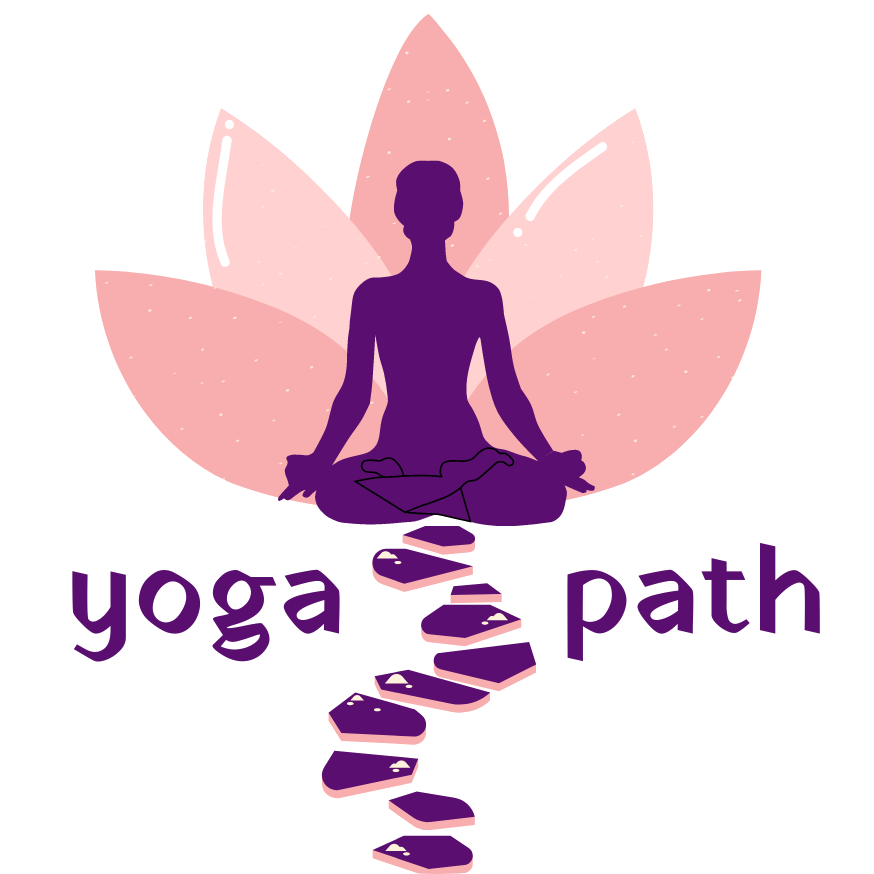Learn Yoga Philosophy
Yoga Sutra I.3

तदा द्रष्टुः स्वरूपेऽवस्थानम् ॥३॥
tadā draṣṭuḥ svarūpe-‘vasthānam ॥3॥
Then the seer abides in his own essential nature.
In Sutra I.2, we understood yoga as the restraint of the fluctuations of our mind. Sutra I.3 goes on to explain why we need to control the modifications of the mind. It says that if we do so, then our inner being can establish itself in its essence, its pure consciousness.
- tada = then, in that moment, at that time, at the time of concentration and meditation
- drashtuh = from the root ‘drsh’ which means to see; the seer’s, of the soul, witness, Atman, self, the being, the spirit
- svarupe = in its own nature, own form or essence, in its natural state
- avasthanam = stabilises, rests, settles, is established, abides, dwells, shines, being in a state of, standing in, resides in
In his commentary on Patanjali’s Yoga Sutra, Sage Vyasa writes, “The abiding in its own form is in identical with its spectator. However, in the waking state the seer is not identical with its own form.”
To establish oneself in the essence would mean to see clearly who we are, without any judgement, without identifying with our mind.
Sutra I.3 is the continuation of the definition of yoga, where modifications of mind are stopped and the self finds itself at his own abode.

